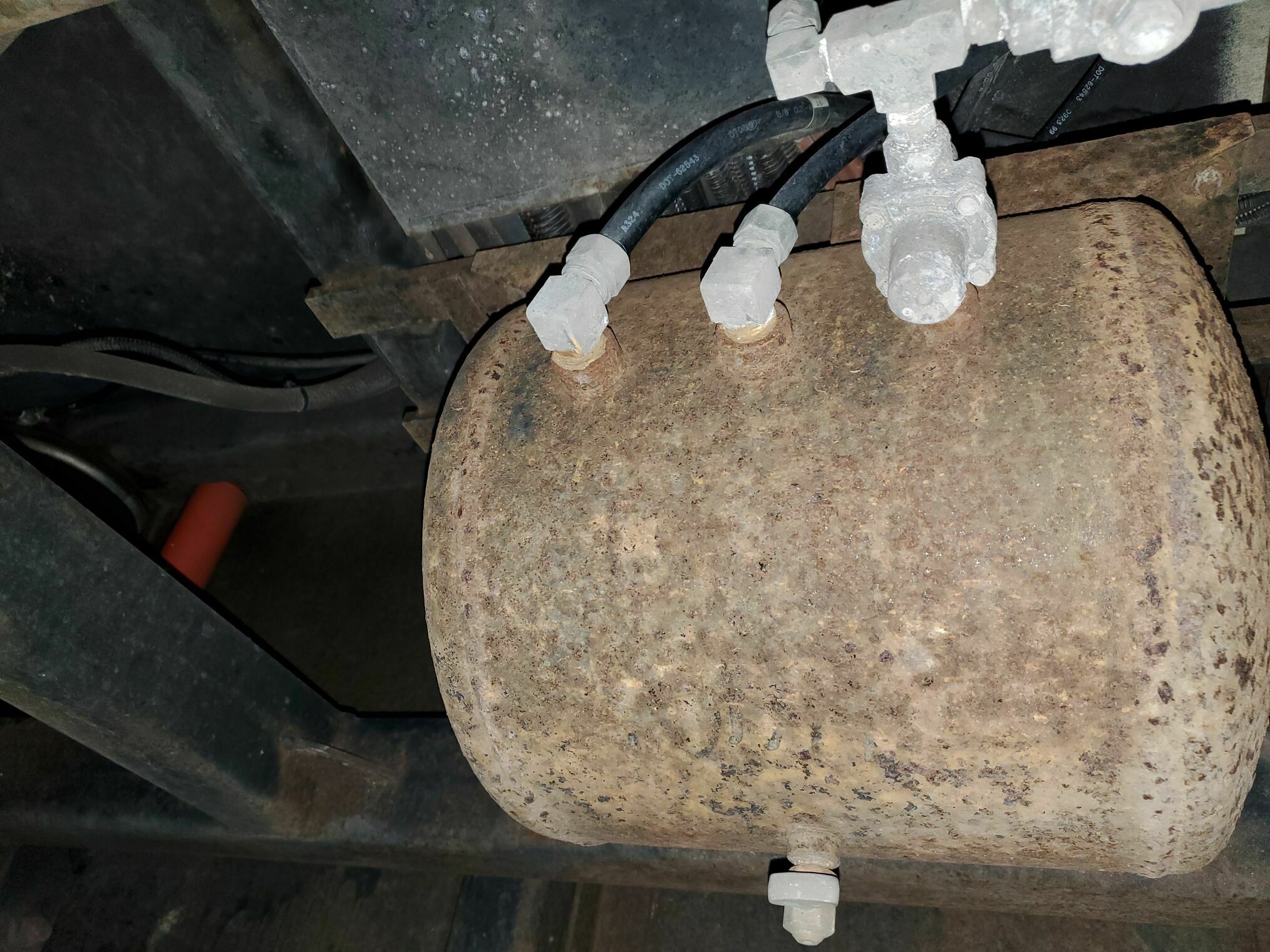Bay Door Actuators
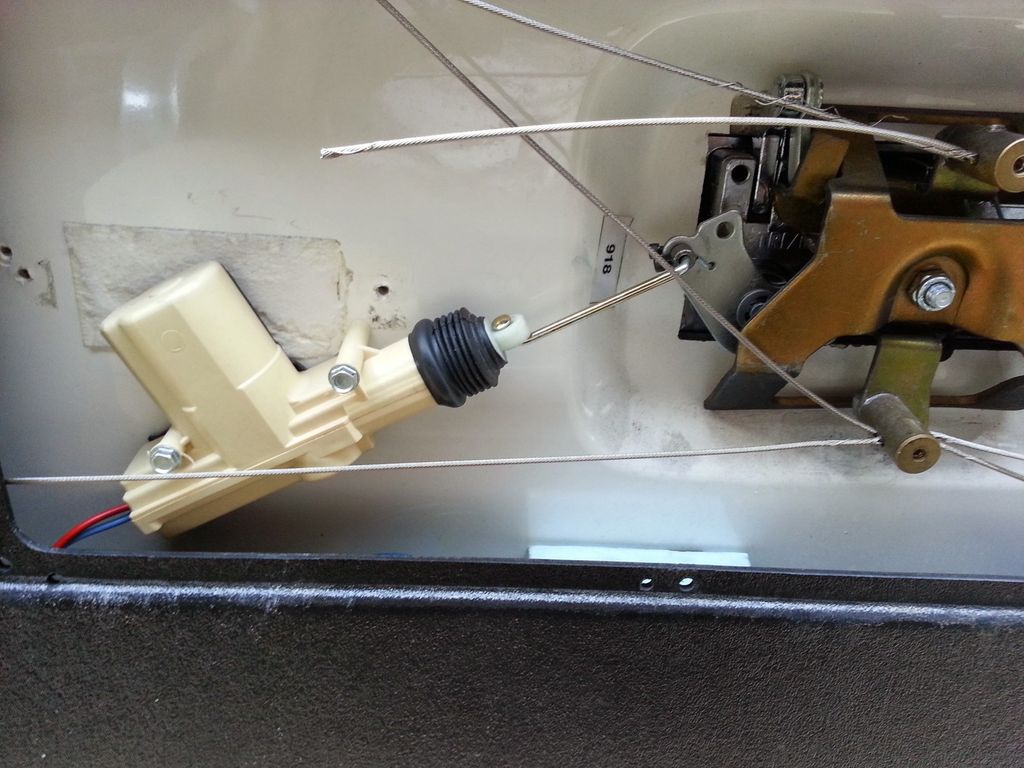
One of our bay door lock actuators failed and needed to be replaced. The servo contains a small electric motor with worm gear to activate the lock. The original manufacturer, VPA, stopped production for this actuator many years ago and Foretravel parts, when they still had them in stock, wanted $79 each!
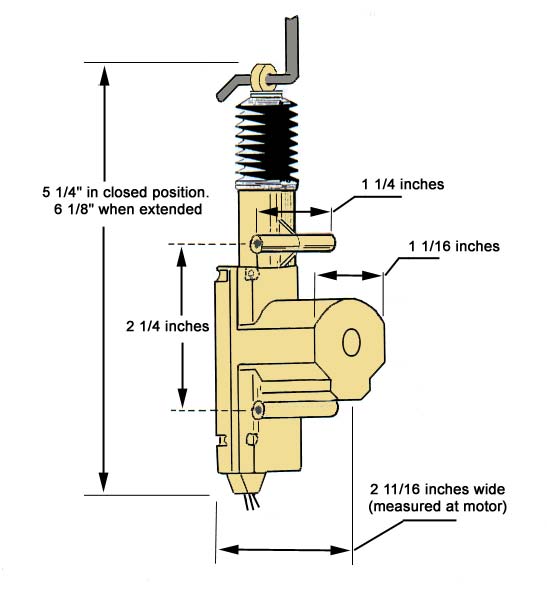
Since a direct replacement is not an option, you will need to install a suitable universal door actuator instead. Many have used an MES actuator a Swiss made high quality part that costs ~$25 each.
$25 maybe to much, especially if you want to replace 8 1o 10 of them, but if you look around you can find “universal” ones on Ebay or Amazon for ~$8 to $10. No idea of the quality, but at least you can have a inexpensive actuator and have money left over for that $8 pumpkin spice mocha latte.

The new actuators are designed to have the mounting screw thread into the actuator body. Since we can’t mount it like that, you will need to find a screw of sufficient length to pass through the actuator body and leave a few threads to go into the bay door. This is how the original ones were also installed. Just be sure you don’t pick a screw that’s so long that it will go out the other side of the door!
Note You will want to drill through the mounting holes on the actuator to allow the screw to pass through. Trying to drive a screw through them could cause them to crack. Also predrill the holes for the screws on the inner fiberglass after you have decided on a mounting location.
To further adhere the actuator to the door use some double sided tape. I used some 3M extreme tape, again this is what was done on the originals.
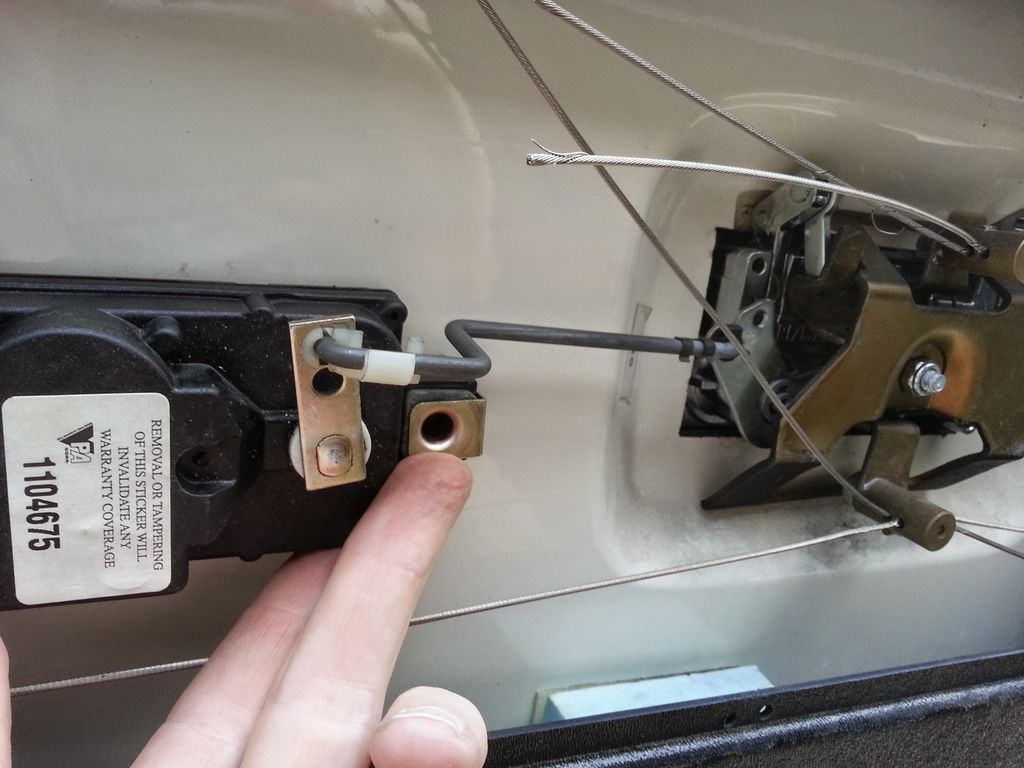
The originals actuators moved on an arc (like the locks themselves) but the new ones are linear. I found that mounting them at ~45 degrees to the locks worked the best. Trying them inline resulted in some binding. Test some locations and pick what you feel works best for you.
You will also need to bend and attach the mounting rod between the lock and the actuator. You may be able to reuse the original one with some work. What is very nice about the original is the way the rod end was attached to the lock with a snap clip. I ended up using the rod that was supplied with the new parts and using some clamping collars on the lock end.
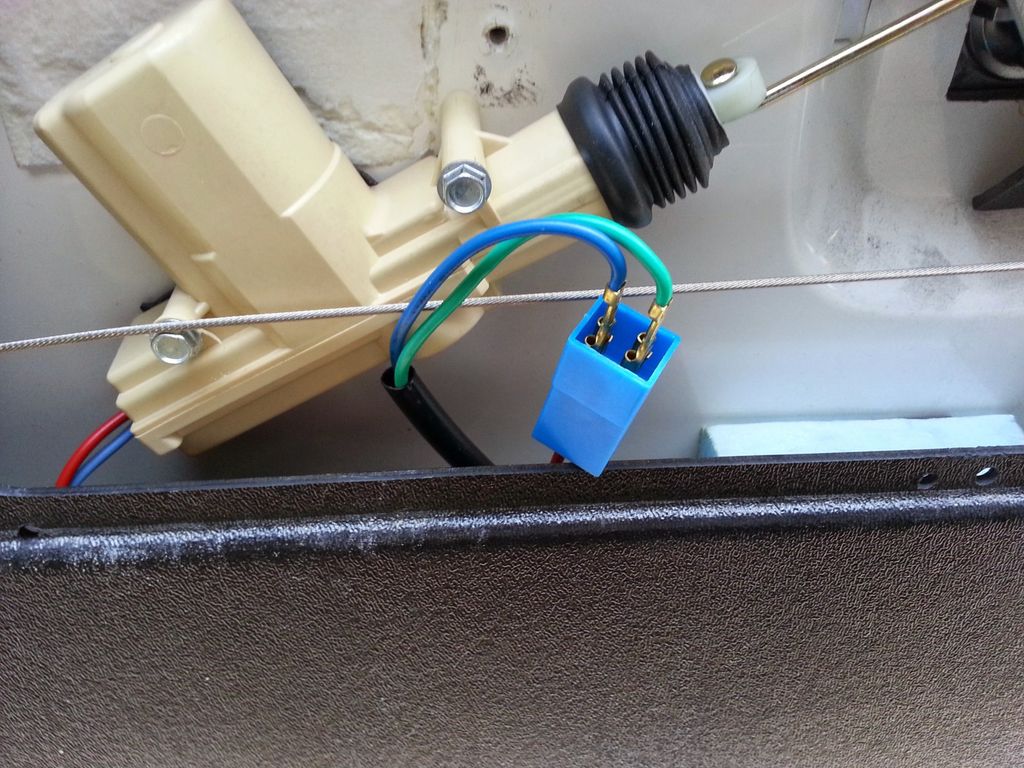
Attach the two wires, you may need to swap them so the lock works in the direction you expect.



